lt;p>Launched on May 5, 1921, Chanel No. 5 would go on to become the most celebrated perfume in history.</p>
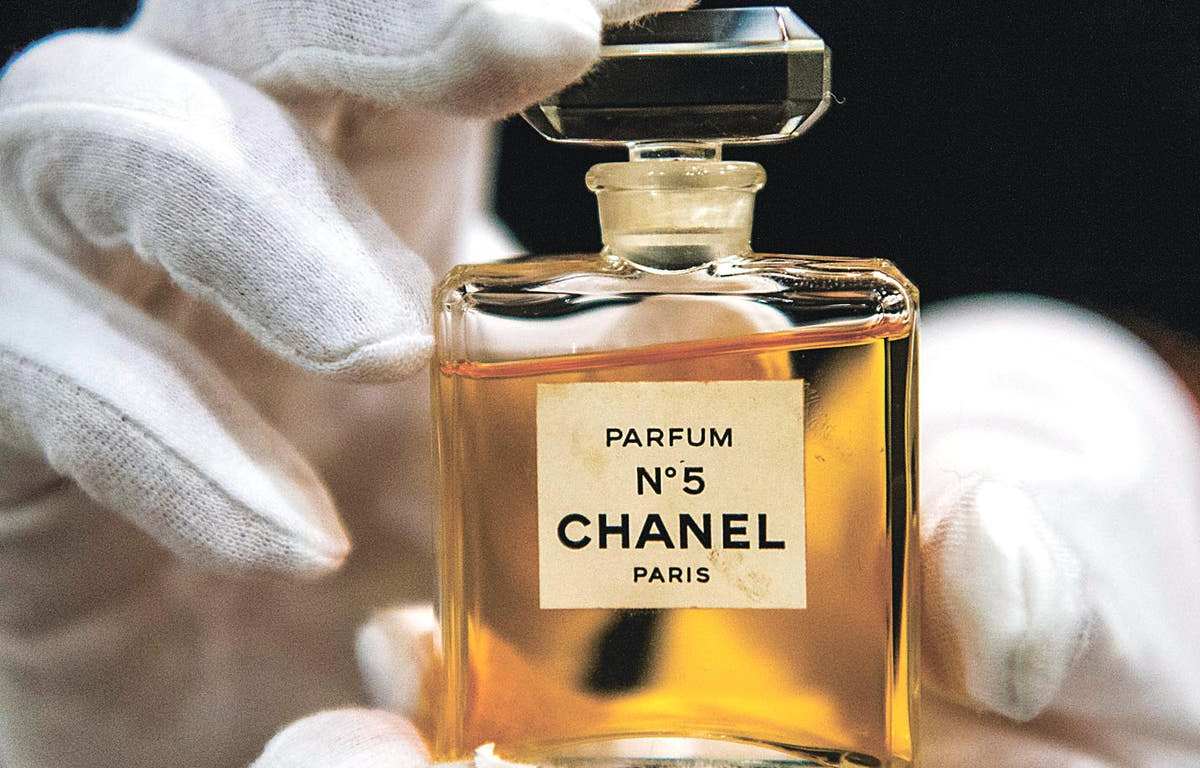
Fragrance and Fashion: How Coco Chanel's Iconic No.5 Acknowledges

Ernest Beaux on Chanel No 5 and Scent of Snow - Bois de Jasmin
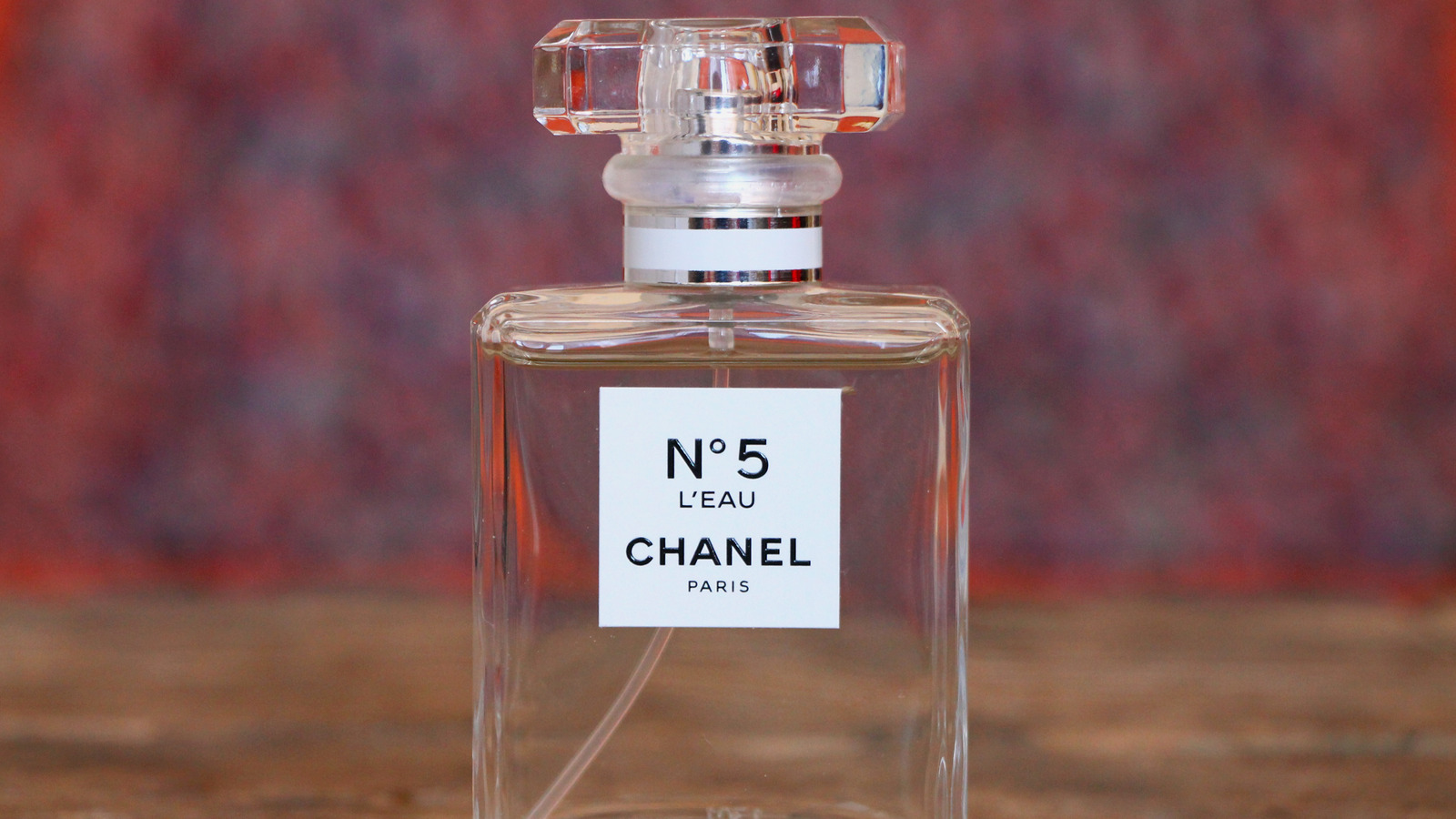
This Affordable Perfume Is A Perfect Dupe For Chanel No. 5

Chanel No.5 L'Eau Eau de Toilette - 200 ml : : Beauty
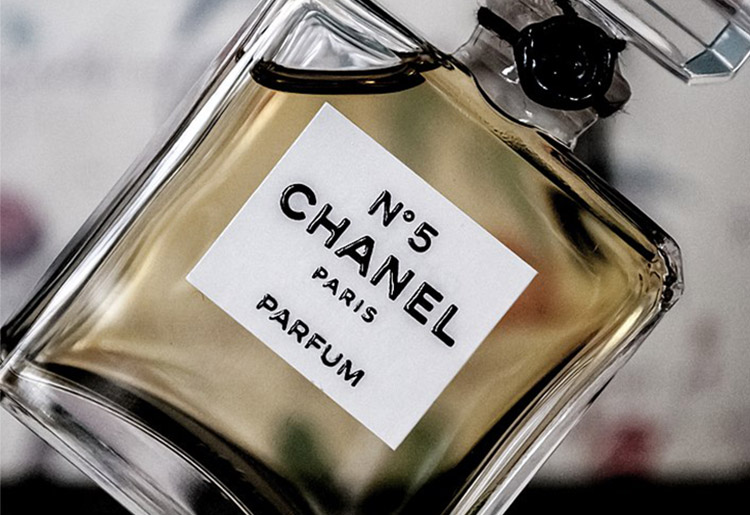
Chanel No 5: The Story Behind the Icon

Chanel No. 5 - Wikipedia
When asked by reporters what she wore to bed, Marilyn famously quipped, "just a few drops of Chanel No. 5." The iconic French perfume is featured in 'Object of Desire,' an article for the October issue of UK nostalgia mag Yours Retro (#55, with Sean Connery on the cover.) Elsewhere there's an ad for a…
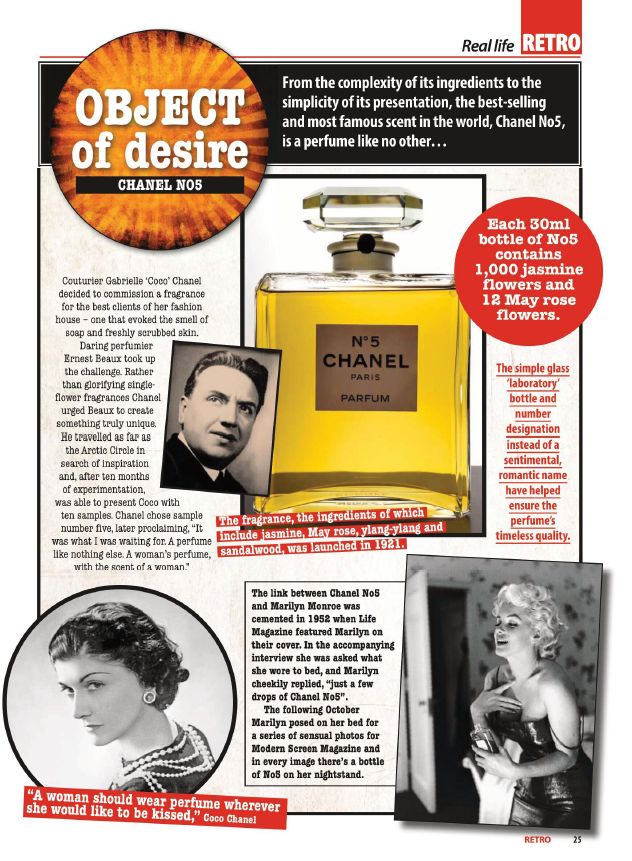
Objects of Desire: Marilyn Goes From Scandal to Chanel – The
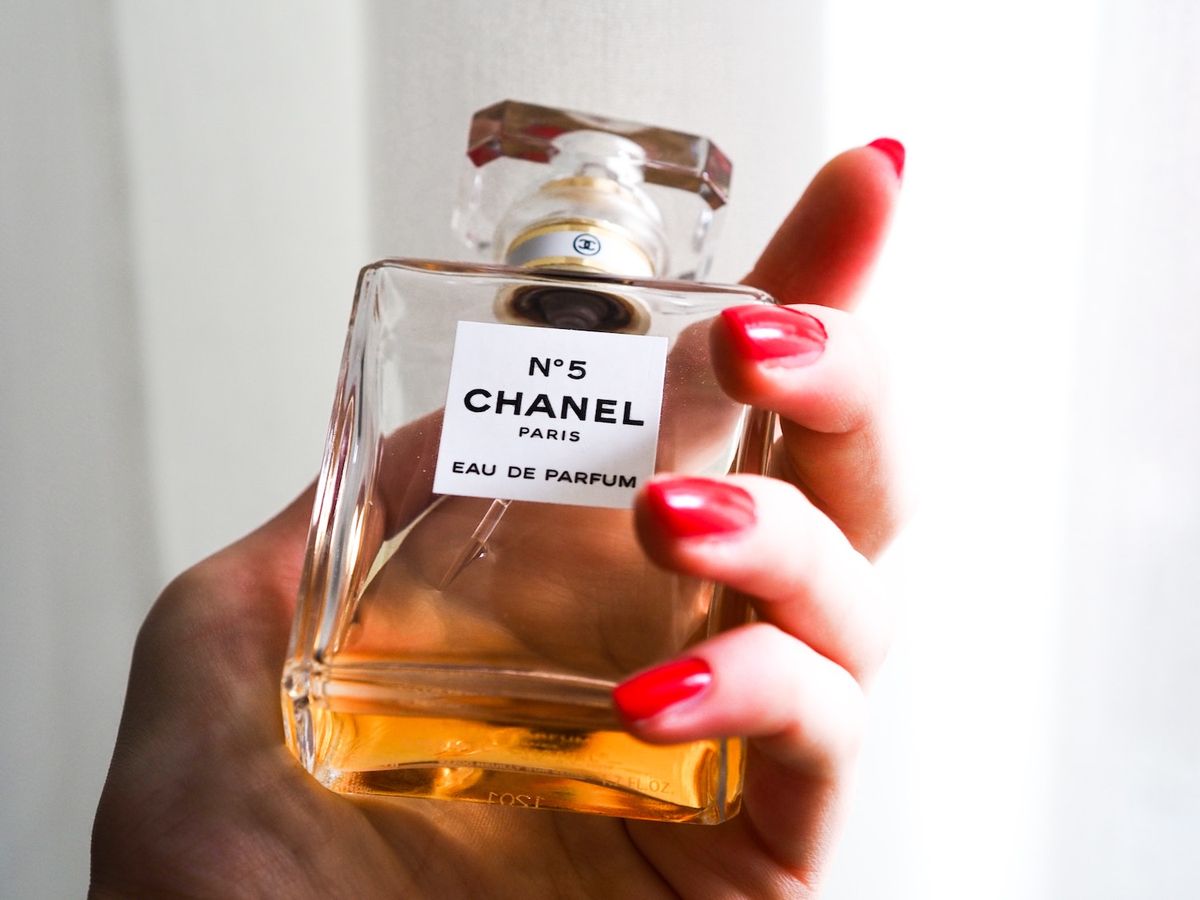
How Chanel No 5 remains the world's most popular perfume 100 years on

Chanel No. 5 120 Ml. or 4 Oz. Flacon Eau De Toilette 1921
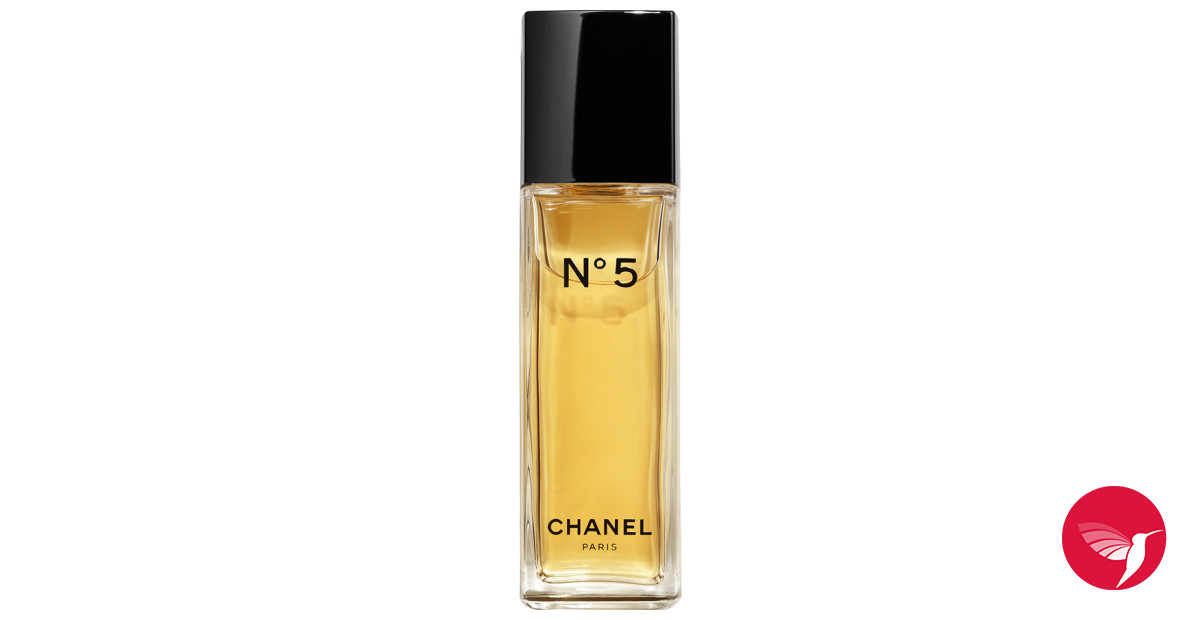
Chanel No 5 Eau de Toilette Chanel perfume - a fragrance for women
Active mode (walking, bicycling, and their variants) users are exposed to various negative externalities from motor vehicle traffic, including injury risks, noise, and air pollutants. This directly harms the users of these modes and discourages their use, creating a self-reinforcing cycle of less active travel, more motorized travel, and more harmful effects. These impacts are widely recognized but seldom quantified. This study evaluates these impacts and their consequences by measuring the additional distances that bicyclists travel in order to avoid roads with heavy motor vehicle traffic, based on a sample of German-Austrian bicycle organization members (n = 491), and monetizes the incremental costs. The results indicate that survey respondents cycle an average 6.4% longer distances to avoid traffic impacts, including injury risks, air, and noise pollution. Using standard monetization methods, these detours are estimated to impose private costs of at least €0.24/cycle-km, plus increased external costs when travellers shift from non-motorized to motorized modes. Conventional transport planning tends to overlook these impacts, resulting in overinvestment in roadway expansions and underinvestments in other types of transport improvements, including sidewalks, crosswalks, bikelanes, paths, traffic calming, and speed reductions. These insights should have importance for transport planning and economics.
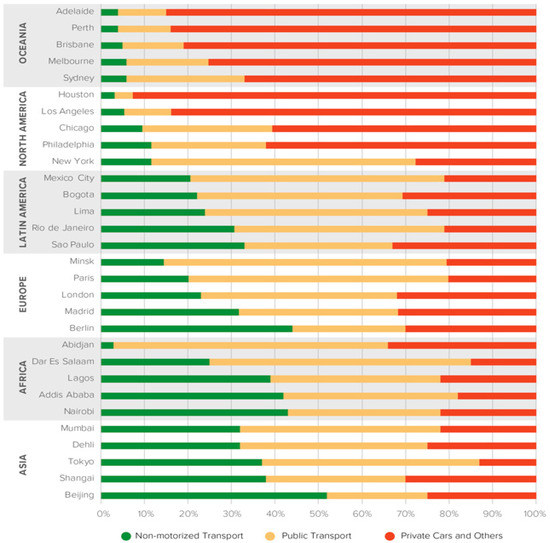
Sustainability, Free Full-Text

Perfume Shrine: Myth Debunking 1: What Are Aldehydes, How do
